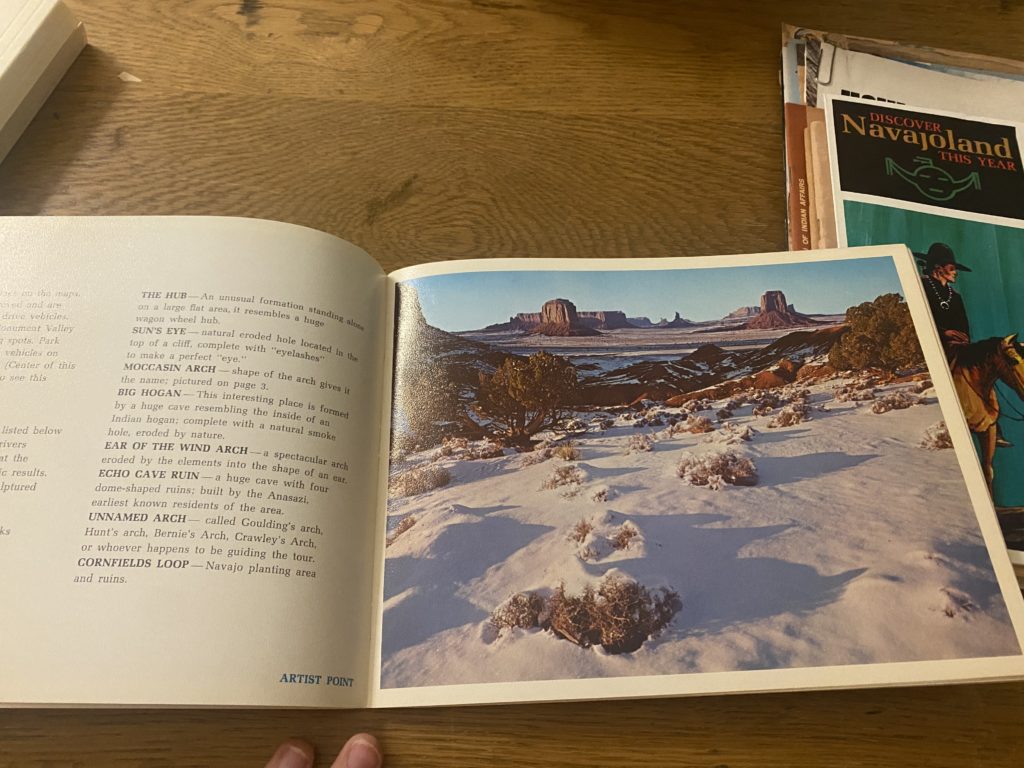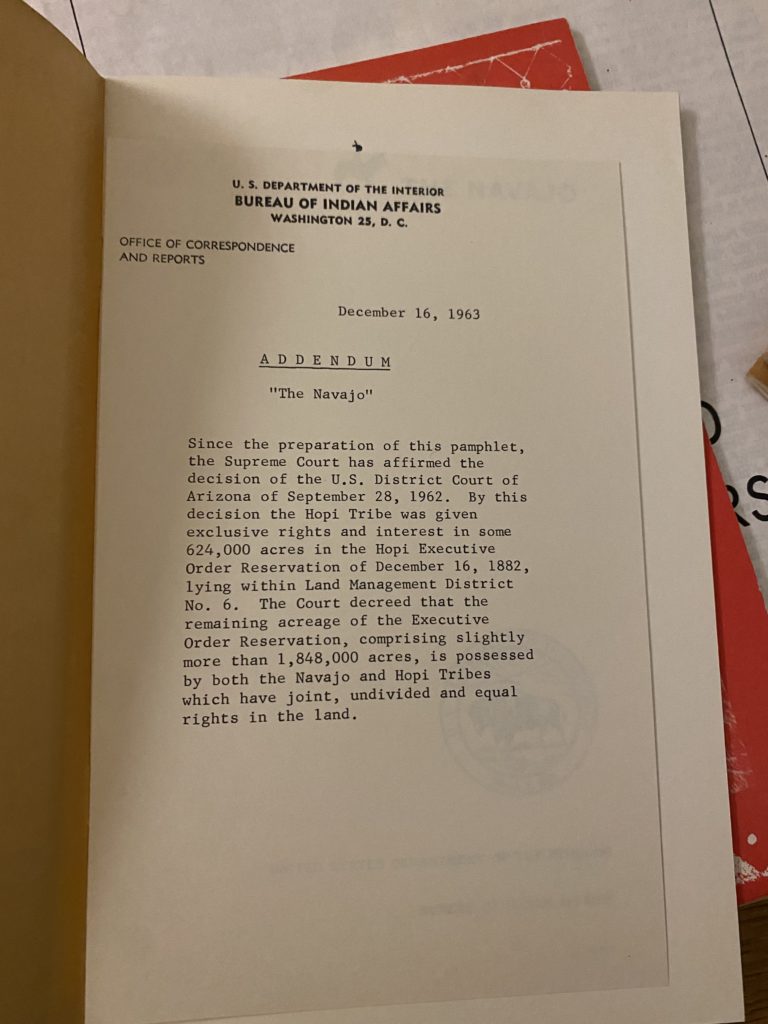This week the Barbara Drake collection has undergone a sort of restructuring. Materials are being sorted into more specific categories and the collection has started to take somewhat of a shape. Due to the extensive nature of Barbara’s contribution, we are still a long way from finality. Sitting with Barbara’s materials this week, in an effort to ascribe items to subject-matter specific categories, I took more time than usual indulging the curated research.
History was always my favorite subject in primary school. I had a second grade teacher who put together a slideshow of early 1900s Los Angeles, I was transfixed by how different the world seemed. There was no Staples Center or Walt Disney Concert Hall. There was no Geffen or Phillipe’s (though depending on the year of the photos, it would be soon to come). The roads were suspiciously absent of BMWs and Honda Civics. It wasn’t until too many years later that I realized Spanish colonizers did not birth Los Angeles, as I had been told, rather the Tongva had. Just like many facets of American history, fashioned to be palatable for American children, this was yet another important fact that had been conveniently left out of the textbooks. Many years out of primary school, I can say that had I been taught the unabridged history then, it would have helped me conceptualize America’s tumultuous history much sooner. Much sooner would I have understood who rightfully owned my beloved Los Angeles. I am fortunate to be an informal student of Barbara’s materials, through which she has gracefully and posthumously educated me on the real history of America– before the Americans. This collection, for me, has highlighted the grave disservice we do to our public school children when we obfuscate such history from them. However, this collection will be a great resource for those interested in ecology, Indigenous ethnohistory, archaeology and more. With scholars like Barbara, determined to leave the world better and more informed than they found it, those who engage with her materials (and materials like hers) can facilitate an honest understanding of America’s true history.


